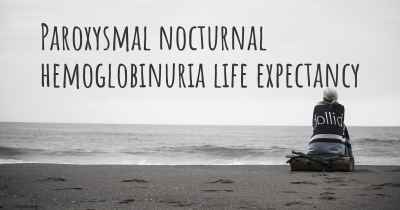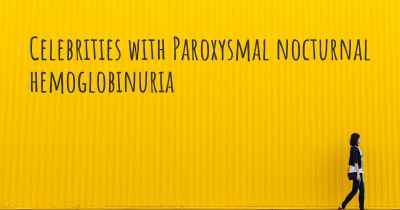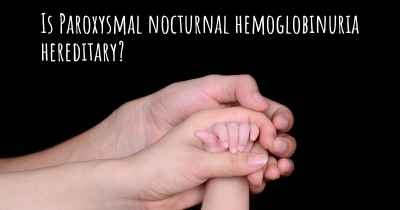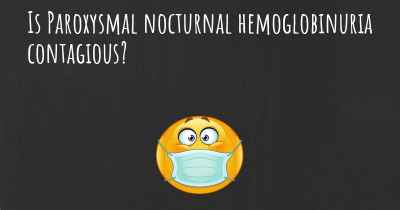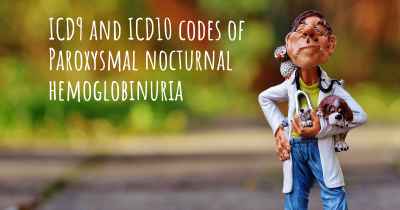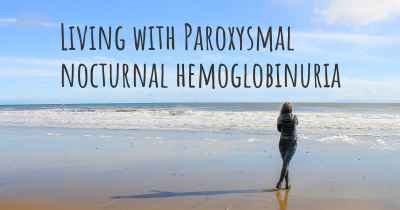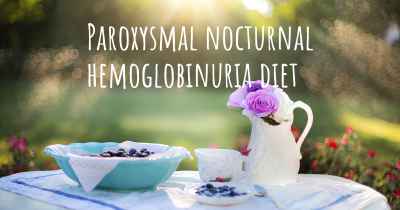How is Paroxysmal nocturnal hemoglobinuria diagnosed?
See how Paroxysmal nocturnal hemoglobinuria is diagnosed. Which specialists are essential to meet, what tests are needed and other useful information for the diagnosis of Paroxysmal nocturnal hemoglobinuria
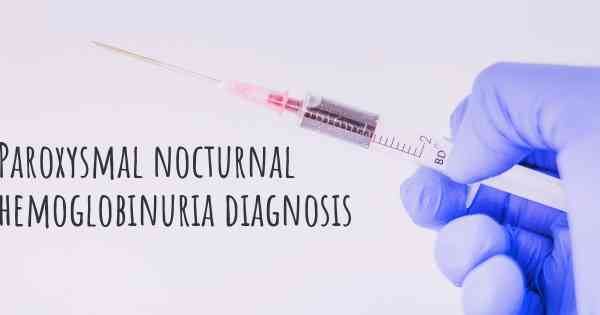
Diagnosis of Paroxysmal Nocturnal Hemoglobinuria (PNH)
Paroxysmal nocturnal hemoglobinuria (PNH) is a rare acquired disorder characterized by the destruction of red blood cells (hemolysis), blood clots (thrombosis), and impaired bone marrow function. It is caused by a mutation in the PIGA gene, which leads to a deficiency of certain proteins on the surface of blood cells. PNH can affect individuals of any age, but it is most commonly diagnosed in young adults.
Clinical Evaluation
The diagnosis of PNH begins with a thorough clinical evaluation, which includes a detailed medical history and physical examination. The healthcare provider will inquire about symptoms such as fatigue, shortness of breath, dark urine, abdominal pain, and episodes of blood in the urine. They will also assess for signs of anemia, jaundice, and enlarged liver or spleen.
Laboratory Tests
Several laboratory tests are used to diagnose PNH and assess its severity:
- Complete Blood Count (CBC): This test measures the number of red blood cells, white blood cells, and platelets in the blood. In PNH, a low red blood cell count (anemia), low white blood cell count (leukopenia), and low platelet count (thrombocytopenia) may be observed.
- Reticulocyte Count: Reticulocytes are immature red blood cells. An increased reticulocyte count indicates increased red blood cell production due to their rapid destruction in PNH.
- Lactate Dehydrogenase (LDH): LDH is an enzyme released when red blood cells are destroyed. Elevated LDH levels are indicative of hemolysis, which is a characteristic feature of PNH.
- Bilirubin: Bilirubin is a yellow pigment produced when red blood cells break down. Increased levels of bilirubin can be seen in PNH due to hemolysis.
- Haptoglobin: Haptoglobin is a protein that binds to hemoglobin released from destroyed red blood cells. Low levels of haptoglobin are observed in PNH.
- Flow Cytometry: Flow cytometry is a crucial test for diagnosing PNH. It measures the expression of specific proteins (CD55 and CD59) on the surface of blood cells. In PNH, these proteins are deficient, leading to increased sensitivity of red blood cells to complement-mediated destruction. Flow cytometry can detect the presence of abnormal PNH clones.
Bone Marrow Examination
A bone marrow examination may be performed to evaluate the production of blood cells and assess the extent of bone marrow involvement. This procedure involves the removal of a small sample of bone marrow from the hipbone or sternum under local anesthesia. The sample is then examined under a microscope to determine the presence of PNH clones and assess the overall health of the bone marrow.
Ham Test and Sucrose Hemolysis Test
Historically, the Ham test and sucrose hemolysis test were used to diagnose PNH. However, these tests have been largely replaced by flow cytometry due to their lower sensitivity and specificity.
Genetic Testing
Genetic testing may be performed to identify the specific mutation in the PIGA gene responsible for PNH. This test can confirm the diagnosis and help determine the risk of developing complications.
Other Investigations
Additional investigations may be conducted to assess the impact of PNH on various organs and systems. These may include imaging studies such as ultrasound, computed tomography (CT) scan, or magnetic resonance imaging (MRI) to evaluate liver, spleen, or kidney involvement. Other tests, such as coagulation studies, may be performed to assess the risk of thrombosis.
Consultation with Hematologist
Once the diagnosis of PNH is confirmed, it is essential to consult with a hematologist or a specialist in blood disorders. They will provide further guidance on the management and treatment options available for PNH.
Note: The diagnosis of PNH requires the expertise of healthcare professionals and specialized laboratory testing. If you suspect you may have PNH or have concerns about your health, it is important to consult with a qualified medical professional.
Posted Sep 18, 2017 by Vieiralhs 600
